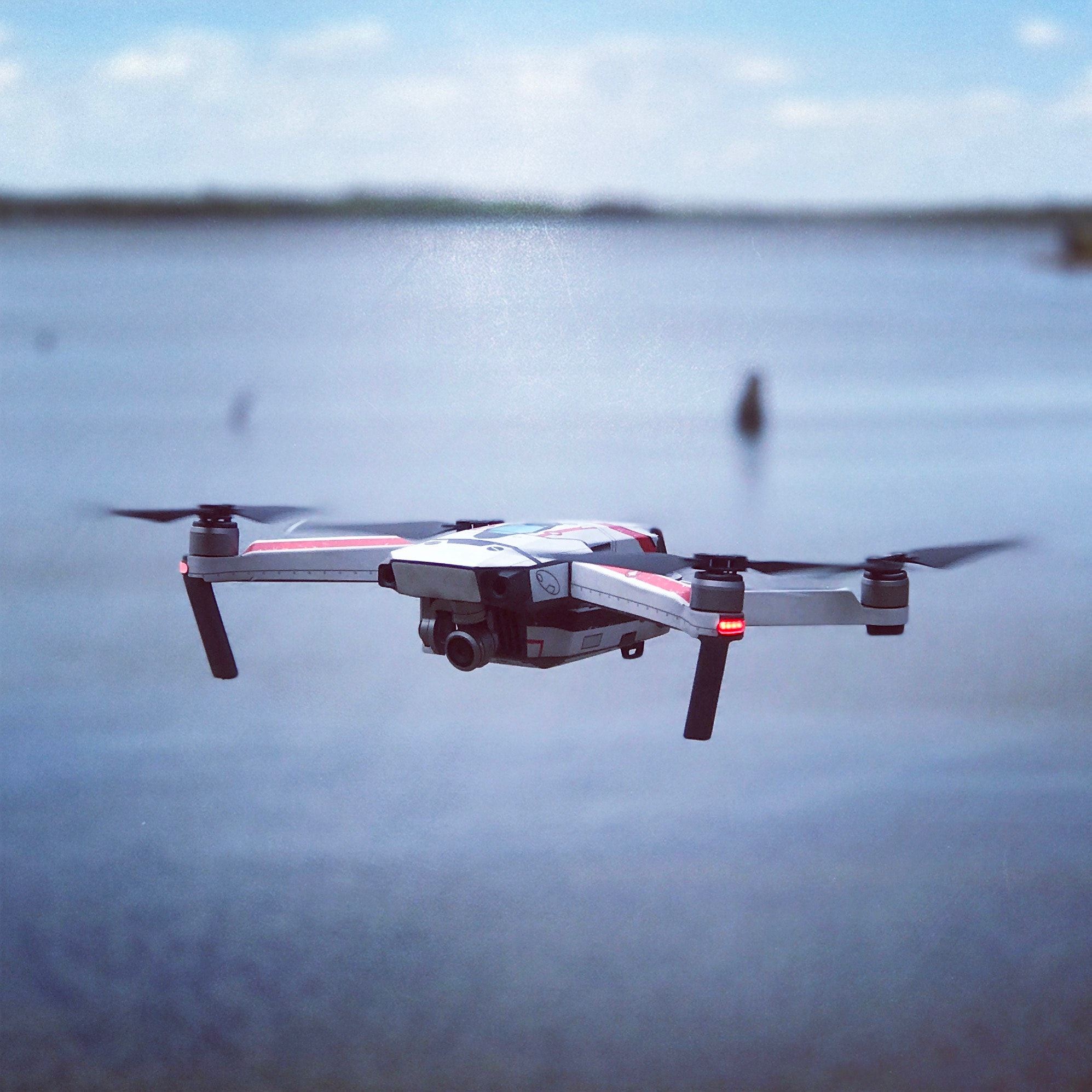Working as a commercial UAS pilot is an adventure that will take you to many new places. Unfortunately, those places can sometimes be dangerous and unfamiliar. Even seemingly nice neighborhoods and communities can yield some sticky situations due to interactions with the people who live and work there.
Here are five ways a drone pilot can stay safe out in the field.
-
Know your surroundings
When working in an unfamiliar area, it’s imperative that you become familiar with your surroundings, and understand the best way to make a quick exit in case of an emergency. Always back into a parking spot whenever possible. And carry only the gear necessary in order to make yourself as mobile as possible.
-
Look the part
One challenge commercial UAS operators face is the fact that the general public gets nervous whenever a drone is in the air. What’s worse is that once you are discovered as the pilot, you become a target for unwarranted criticism, hostility and at the very least, curiosity. Each of these elements can put you in an unsafe position, so it’s important to look like a professional.
You’ll carry much more credence if you’re in uniform that looks official. A safety reflective vest is perhaps one of the best tools for accomplishing this effect. In addition, utilize cones to cordon off your areas of operation. This will make it clear to the public that you are not out for a playful afternoon, but instead are a working pro.
-
Be civil with others
When you do get into a confrontation of any type, treat everyone with courtesy and respect. Have empathy as if you didn’t understand what was happening as you watched a drone fly overhead. Media coverage of UAS operations tend to focus on what’s negative. Instead, be a beacon of light and treat others nicely. You’ll usually get that same respect in return and avoid a potential hostile situation.
In a hostile situation, carrying the Drone Pilot Field Kit will help you immensely. Carrying this kit will help convince hostile folks that you are well within your legal boundaries.
-
Use the buddy system
If an area makes you uncomfortable or uneasy for any reason, bring a colleague if at all possible. This way, the Visual observer can keep an eye out on your drone and surrounding environment as you pilot the aircraft. If there’s any sign of danger, then it will be far easier to avoid it with another set of eyes.
In fact a bigger production house will pay you a separate labor rate. This is meant to cover your expenses for hiring a VO. And, even if you are not being reimbursed for your VO expenses, hiring a VO shall not cost you more than 10% of what you make.
-
Have a communication plan
Let others know where you are, and make it easy to contact someone should things escalate quickly. Always make sure your cell phone battery is charged and you have it within reach. Plan to check in with someone who knows where you are at regular intervals. At the very least, get in and get out.
Conclusion
Adopting the above common sense measures will go a long way in ensuring safe flight. Public perception will often be against you. But, being methodical will help you deal with this hostility.
Think of the worst situation that you can get yourself into. Ask yourself, “Which are the tools that will help me deal with such situations?” How can I prepare myself mentally to deal with such situations? And remember to always, always be civil even with the most hostile folks. Following the above tips will certainly help your cause of building a sustainable drone business.
Michael Jones is an FAA-licensed commercial UAS operator and chief pilot of California Aerial Media based in San Diego, California. With 20-plus flight hours in single-engine manned aircraft and hundreds more logged in UAS, aviation is one of his true passions. In addition, he is an award-winning author whose work has been featured on sites such as Yahoo!, MapQuest, About.com and Vox Media among many other publications.






Add Your Comment